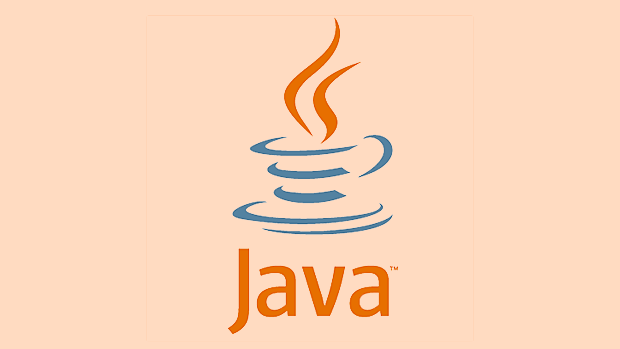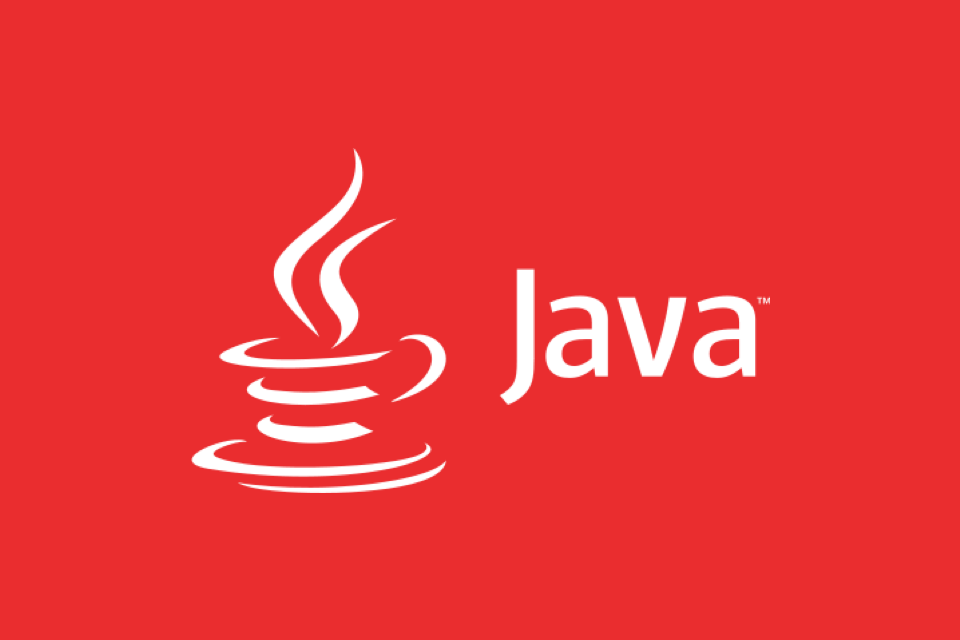final is not equal to object immutable in Java. It only ensures that variable references cannot be reassigned, and does not guarantee that the state of the object pointed to is immutable; 2. For basic types, final ensures that the value remains unchanged; for object types, references are immutable but the object content can still be modified; 3. To achieve true immutability, it is necessary to satisfy: the class is declared as final, all fields are private final, no setter method, constructor initialization and no mutable state is leaked; 4. If the field is a mutable object, external modifications need to be prevented by defensive copying and returning an unmodified view; 5. The final field has the JMM memory model guarantee, ensuring that the object is correctly published under multiple threads; 6. A common misunderstanding is that final automatically brings immutability, but in fact final only locks references, the object itself may still be mutable.

The final keyword in Java is often associated with immutability, but it's important to understand what it actually guarantees—and what it doesn't. Many developers assume that marking something as final makes it immutable, but that's only part of the story. Let's break this down clearly.

What final actually Means
The final keyword can be applied to variables, methods, and classes, and it has a different meaning in each context:
- final variable : The variable cannot be reassigned once initialized.
- final method : The method cannot be overridden in a subclass.
- final class : The class cannot be subclassed.
When people talk about immutability, they're usually focusing on final variables—especially object references.

final int x = 5;
x = 10; // Compile error!
final List<String> list = new ArrayList<>();
list.add("Hello"); // This is allowed
list = new ArrayList<>(); // Compile error! Notice: the list reference is final, so you can't point it to a new object, but the object it refers to can still be modified.
final ≠ Immutability
Here's the key point: final ensures reference immutability, not object immutability.

That means:
- You can't change where the
finalvariable points. - But if it points to a mutable object (like an
ArrayList), the contents of that object can still change.
So this code compiles and runs just fine:
final StringBuilder sb = new StringBuilder("Hello");
sb.append(" World"); // Perfectly legal The reference sb is fixed, but the object it refers to is mutable, so its internal state changes.
To achieve true immutability, you need:
- A
finalreference (so it can't be reassigned), and - An object whose internal state cannot change.
How to Achieve True Immutability
For a class to be truly immutable, follow these practices:
- Declare the class as
final(or ensure all methods arefinaland construction is controlled). - Make all fields
privateandfinal. - Don't provide setter methods.
- Initialize all fields via constructor, and don't expose mutable state.
- If fields are objects, make defensive copies when necessary.
Example of an immutable class:
public final class Person {
private final String name;
private final int age;
public Person(String name, int age) {
this.name = name;
this.age = age;
}
public String getName() { return name; }
public int getAge() { return age; }
} Now, any instance of Person cannot be changed after creation—this is true immutability.
But watch out for this trap:
public final class BadImmutable {
private final List<String> hobbies;
public BadImmutable(List<String> hobbies) {
this.hobbies = hobbies; // No defensive copy!
}
public List<String> getHobbies() {
return hobbies;
}
} Even though hobbies is final , the list passed in can still be modified externally unless you make a defendive copy:
this.hobbies = new ArrayList<>(hobbies); // Safe copy
And return it as unmodifiable:
public List<String> getHobbies() {
return Collections.unmodifiableList(hobbies);
}Common Misconceptions
- ? "
finalmakes an object immutable" → No, it only makes the reference constant. - ? "Immutable objects don't need
finalfields" → Withoutfinal, even if you don't provide setters, the field could theoretically be changed via reflection or in multi-threaded contexts. - ?
finalhelps the JVM optimize and enforces safe publication in threads (especially for immutable objects).
In fact, the Java Memory Model gives special guarantees for final fields: once an object is constructed, other threads will see the correct values of final fields without additional synchronization.
Summary
-
finalon a variable means the reference can't be changed. - It does not prevent modification of the object being referred to.
- True immutability requires both
finalreferences and immutable state. - Use
finalclasses,private finalfields, no setters, and defending copying when needed.
So while final is a critical tool for building immutable objects, it's just one piece of the puzzle. Don't assume final = immutable—look deeper at the object's behavior.
Basically: final locks the reference, not the object.
The above is the detailed content of Understanding the Java `final` Keyword and Immutability. For more information, please follow other related articles on the PHP Chinese website!

Hot AI Tools

Undress AI Tool
Undress images for free

Undresser.AI Undress
AI-powered app for creating realistic nude photos

AI Clothes Remover
Online AI tool for removing clothes from photos.

Clothoff.io
AI clothes remover

Video Face Swap
Swap faces in any video effortlessly with our completely free AI face swap tool!

Hot Article

Hot Tools

Notepad++7.3.1
Easy-to-use and free code editor

SublimeText3 Chinese version
Chinese version, very easy to use

Zend Studio 13.0.1
Powerful PHP integrated development environment

Dreamweaver CS6
Visual web development tools

SublimeText3 Mac version
God-level code editing software (SublimeText3)
 Asynchronous Programming Techniques in Modern Java
Jul 07, 2025 am 02:24 AM
Asynchronous Programming Techniques in Modern Java
Jul 07, 2025 am 02:24 AM
Java supports asynchronous programming including the use of CompletableFuture, responsive streams (such as ProjectReactor), and virtual threads in Java19. 1.CompletableFuture improves code readability and maintenance through chain calls, and supports task orchestration and exception handling; 2. ProjectReactor provides Mono and Flux types to implement responsive programming, with backpressure mechanism and rich operators; 3. Virtual threads reduce concurrency costs, are suitable for I/O-intensive tasks, and are lighter and easier to expand than traditional platform threads. Each method has applicable scenarios, and appropriate tools should be selected according to your needs and mixed models should be avoided to maintain simplicity
 Best Practices for Using Enums in Java
Jul 07, 2025 am 02:35 AM
Best Practices for Using Enums in Java
Jul 07, 2025 am 02:35 AM
In Java, enums are suitable for representing fixed constant sets. Best practices include: 1. Use enum to represent fixed state or options to improve type safety and readability; 2. Add properties and methods to enums to enhance flexibility, such as defining fields, constructors, helper methods, etc.; 3. Use EnumMap and EnumSet to improve performance and type safety because they are more efficient based on arrays; 4. Avoid abuse of enums, such as dynamic values, frequent changes or complex logic scenarios, which should be replaced by other methods. Correct use of enum can improve code quality and reduce errors, but you need to pay attention to its applicable boundaries.
 Understanding Java NIO and Its Advantages
Jul 08, 2025 am 02:55 AM
Understanding Java NIO and Its Advantages
Jul 08, 2025 am 02:55 AM
JavaNIO is a new IOAPI introduced by Java 1.4. 1) is aimed at buffers and channels, 2) contains Buffer, Channel and Selector core components, 3) supports non-blocking mode, and 4) handles concurrent connections more efficiently than traditional IO. Its advantages are reflected in: 1) Non-blocking IO reduces thread overhead, 2) Buffer improves data transmission efficiency, 3) Selector realizes multiplexing, and 4) Memory mapping speeds up file reading and writing. Note when using: 1) The flip/clear operation of the Buffer is easy to be confused, 2) Incomplete data needs to be processed manually without blocking, 3) Selector registration must be canceled in time, 4) NIO is not suitable for all scenarios.
 How Java ClassLoaders Work Internally
Jul 06, 2025 am 02:53 AM
How Java ClassLoaders Work Internally
Jul 06, 2025 am 02:53 AM
Java's class loading mechanism is implemented through ClassLoader, and its core workflow is divided into three stages: loading, linking and initialization. During the loading phase, ClassLoader dynamically reads the bytecode of the class and creates Class objects; links include verifying the correctness of the class, allocating memory to static variables, and parsing symbol references; initialization performs static code blocks and static variable assignments. Class loading adopts the parent delegation model, and prioritizes the parent class loader to find classes, and try Bootstrap, Extension, and ApplicationClassLoader in turn to ensure that the core class library is safe and avoids duplicate loading. Developers can customize ClassLoader, such as URLClassL
 Handling Common Java Exceptions Effectively
Jul 05, 2025 am 02:35 AM
Handling Common Java Exceptions Effectively
Jul 05, 2025 am 02:35 AM
The key to Java exception handling is to distinguish between checked and unchecked exceptions and use try-catch, finally and logging reasonably. 1. Checked exceptions such as IOException need to be forced to handle, which is suitable for expected external problems; 2. Unchecked exceptions such as NullPointerException are usually caused by program logic errors and are runtime errors; 3. When catching exceptions, they should be specific and clear to avoid general capture of Exception; 4. It is recommended to use try-with-resources to automatically close resources to reduce manual cleaning of code; 5. In exception handling, detailed information should be recorded in combination with log frameworks to facilitate later
 How does a HashMap work internally in Java?
Jul 15, 2025 am 03:10 AM
How does a HashMap work internally in Java?
Jul 15, 2025 am 03:10 AM
HashMap implements key-value pair storage through hash tables in Java, and its core lies in quickly positioning data locations. 1. First use the hashCode() method of the key to generate a hash value and convert it into an array index through bit operations; 2. Different objects may generate the same hash value, resulting in conflicts. At this time, the node is mounted in the form of a linked list. After JDK8, the linked list is too long (default length 8) and it will be converted to a red and black tree to improve efficiency; 3. When using a custom class as a key, the equals() and hashCode() methods must be rewritten; 4. HashMap dynamically expands capacity. When the number of elements exceeds the capacity and multiplies by the load factor (default 0.75), expand and rehash; 5. HashMap is not thread-safe, and Concu should be used in multithreaded
 Explained: Java Polymorphism in Object-Oriented Programming
Jul 05, 2025 am 02:52 AM
Explained: Java Polymorphism in Object-Oriented Programming
Jul 05, 2025 am 02:52 AM
Polymorphism is one of the core features of Java object-oriented programming. Its core lies in "one interface, multiple implementations". It implements a unified interface to handle the behavior of different objects through inheritance, method rewriting and upward transformation. 1. Polymorphism allows the parent class to refer to subclass objects, and the corresponding methods are called according to the actual object during runtime; 2. The implementation needs to meet the three conditions of inheritance relationship, method rewriting and upward transformation; 3. It is often used to uniformly handle different subclass objects, collection storage and framework design; 4. When used, only the methods defined by the parent class can be called. New methods added to subclasses need to be transformed downward and accessed, and pay attention to type safety.
 Effective Use of Java Enums and Best Practices
Jul 07, 2025 am 02:43 AM
Effective Use of Java Enums and Best Practices
Jul 07, 2025 am 02:43 AM
Java enumerations not only represent constants, but can also encapsulate behavior, carry data, and implement interfaces. 1. Enumeration is a class used to define fixed instances, such as week and state, which is safer than strings or integers; 2. It can carry data and methods, such as passing values ??through constructors and providing access methods; 3. It can use switch to handle different logics, with clear structure; 4. It can implement interfaces or abstract methods to make differentiated behaviors of different enumeration values; 5. Pay attention to avoid abuse, hard-code comparison, dependence on ordinal values, and reasonably naming and serialization.






